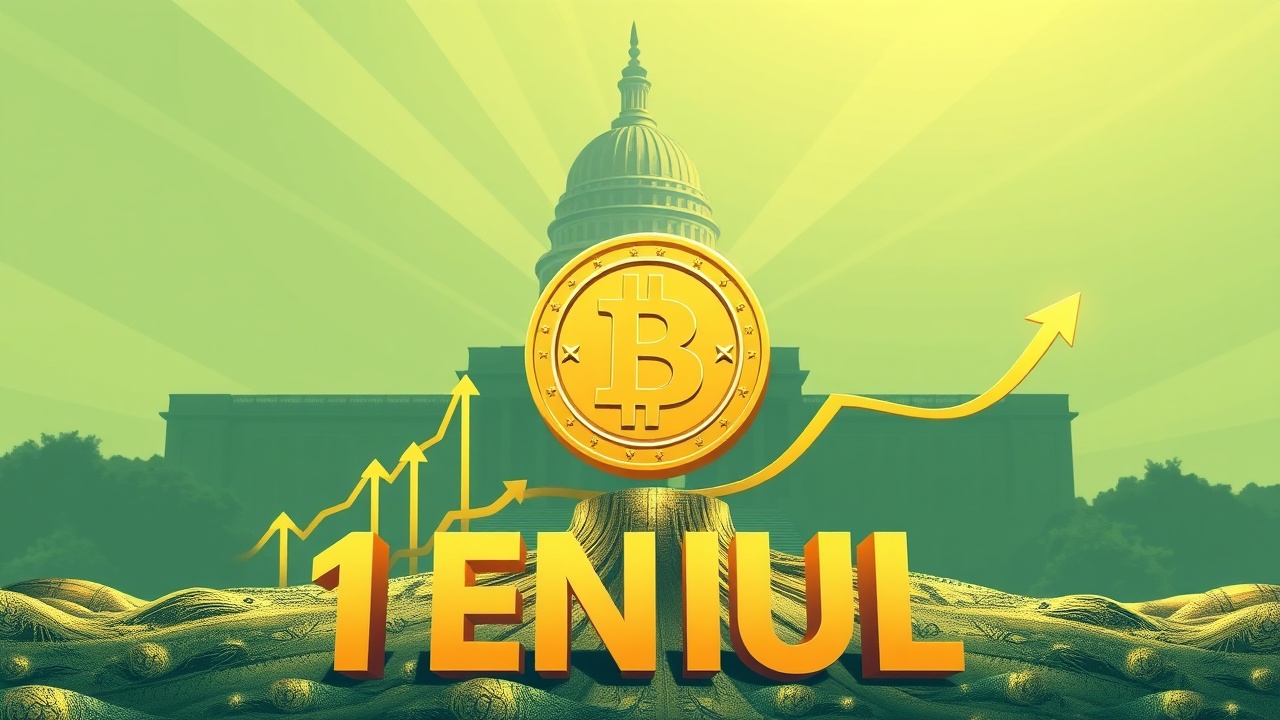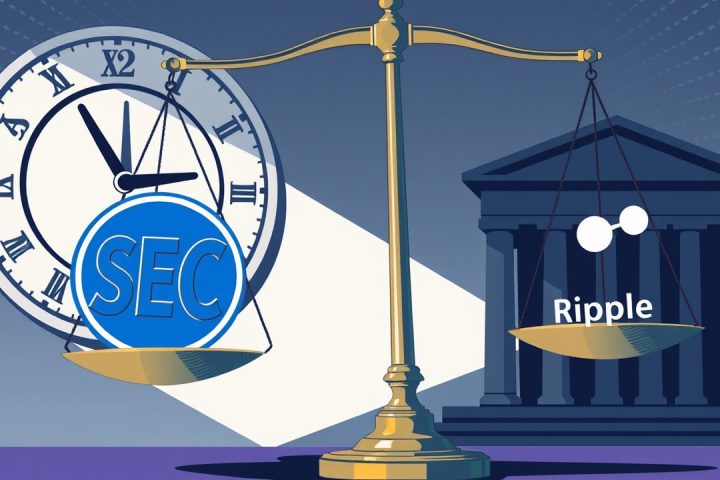Introduction
Last Friday marked a pivotal moment in the American cryptocurrency sector as President Donald Trump enacted the GENIUS Act. This new legislation creates a framework designed for stablecoin issuers, positioning companies like Ripple to potentially benefit from regulatory acceptance.
Impact on Stablecoins
Austin King, co-founder of Omni Network, highlighted that this law could significantly favor stablecoins such as USDC and RLUSD in attracting institutional interest, which he views as critical for future success.
Ripple and XRP Considerations
Despite Ripple’s potential advantages, some experts caution that XRP may not see a substantial impact from this development. The act is indeed a game-changer for stablecoin regulations, but its influence on XRP’s market performance could be limited. Notably, Ripple’s RLUSD could establish its presence as a legitimate liquidity provider within the U.S. financial ecosystem, posing competition to established players like USDC and PayPal USD.
Yuri Brisov, a partner at Digital & Analogue Partners, emphasized that RLUSD would enable Ripple to integrate more deeply into the market without directly relying on XRP.
Market Competition and XRP Dynamics
It’s important to note that the stablecoin market is expected to be fiercely competitive, with entities like Circle’s USDC and Tether’s USDT already vying to maintain their dominance. While every RLUSD transaction does contribute to burning a fraction of XRP as a network fee, the overall volume of XRP in circulation—approximately 59.1 billion tokens—diminishes the likelihood that these fee-related transactions will cause significant changes in XRP’s value. Since the XRP Ledger’s launch, only about 14 million tokens have been burned, which Ripple’s CTO David Schwartz suggests won’t significantly impact supply dynamics in the near term.
Legal Challenges and Future Prospects
Moreover, ongoing legal issues concerning XRP’s classification—especially the SEC’s pending case—continue to overshadow its market prospects. Brisov pointed out that while XRP may not be classified as a security when traded on exchanges, uncertainties remain for institutional placements where circumstances might define it as one. This ambiguity could keep XRP functioning primarily as a bridge asset with restricted price fluctuations tied to the GENIUS Act.
Opportunities Ahead
Nevertheless, the GENIUS Act presents Ripple with an opportunity to limit its dependence on XRP amidst these regulatory gray areas, allowing it to use RLUSD as a stabilizer. The potential adoption of the CLARITY Act, which aims to provide clearer classifications for digital assets, could further solidify Ripple’s position. As Brisov noted, such a development could lead to broader strategies for tokenization within Ripple’s operations, diminishing uncertainty and potentially enhancing market clarity for XRP’s future.




